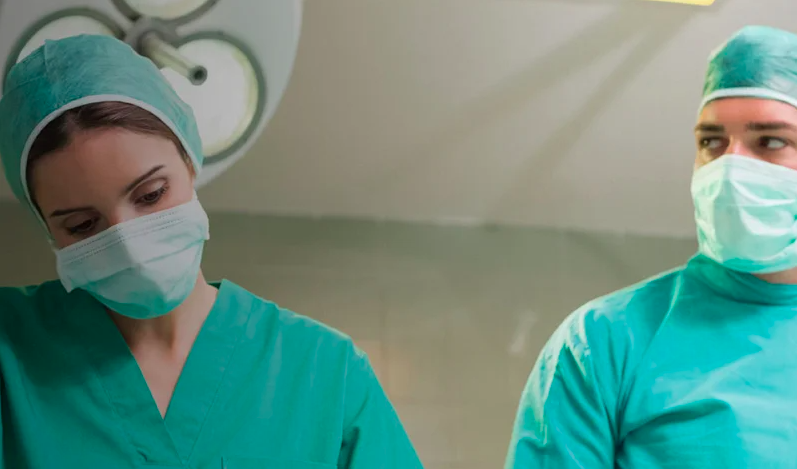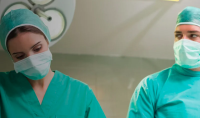Anaesthesia | Trauma | The secondary survey



The Secondary Survey
Session Overview
Description
This session describes the secondary survey of a patient with multiple injuries.
Learning Objectives
By the end of this session you will be able to:
- Define a secondary survey
- Explain the importance of a full history from the patient, collateral history and data from the scene of the incident
- State the importance of a thorough, fluent and selective physical examination as part of the secondary survey
- Describe how to conduct a secondary survey
- List the specific patterns of injury that are associated with different modes of injury
Prerequisites
Before commencing this session you should complete:
- The Primary Survey (001-0356)
The secondary survey is the examination of the patient that takes place after the primary survey.
Both surveys can occur in a place of safety or at the scene of the accident or incident.
The two surveys are different in chronology and aim. The primary survey deals with the immediate clinical circumstances.
The secondary survey seeks to capture injuries overlooked in the primary survey and initial resuscitation. It combines history and head-to-toe examination to detect subtle injuries that may lead to a delayed deterioration.
- Anaesthesia | Physiology | Mechanics of Ventilatio...
- Posted By eIntegrity Healthcare e-Learning
- Posted Date: 2025-02-21
- Location:Online
- This session continues to look at respiratory mechanics, including lung compliance, the role of surfactant and the factors that determine whether airflow is laminar or turbulent. Respiratory function tests are also explained
- Anaesthesia | Physiology | Ventilation/Perfusion A...
- Posted By eIntegrity Healthcare e-Learning
- Posted Date: 2025-02-21
- Location:Online
- This session describes how and why ventilation and perfusion vary in the healthy lung. Causes of hypoxia, such as hypoventilation, increased dead space and shunt, are discussed to help the trainee explain and manage hypoxia clinically.
- Anaesthesia | Physiology | Pulmonary Ventilation: ...
- Posted By eIntegrity Healthcare e-Learning
- Posted Date: 2025-02-21
- Location:Online
- This session covers the measurement and clinical importance of lung volumes, including functional residual capacity and dead space. Information regarding the performance and interpretation of flow-volume loops is also included.
- Anaesthesia | Physiology | Co2 Carriage in Blood a...
- Posted By eIntegrity Healthcare e-Learning
- Posted Date: 2025-02-21
- Location:Online
- This session covers the physiology of how carbon dioxide is carried by blood, including its conversion into bicarbonate ions and the role of the red blood cell and haemoglobin in this process. The session also describes how buffers work, and the fundament
- Anaesthesia | Physiology | Function of Haemoglobin...
- Posted By eIntegrity Healthcare e-Learning
- Posted Date: 2025-02-21
- Location:Online
- This session focusses on the function of haemoglobin in oxygen (O2) carriage from the lungs to other tissues where cells are supplied with the O2 required for oxidative phosphorylation in the mitochondria. We will cover the structure




